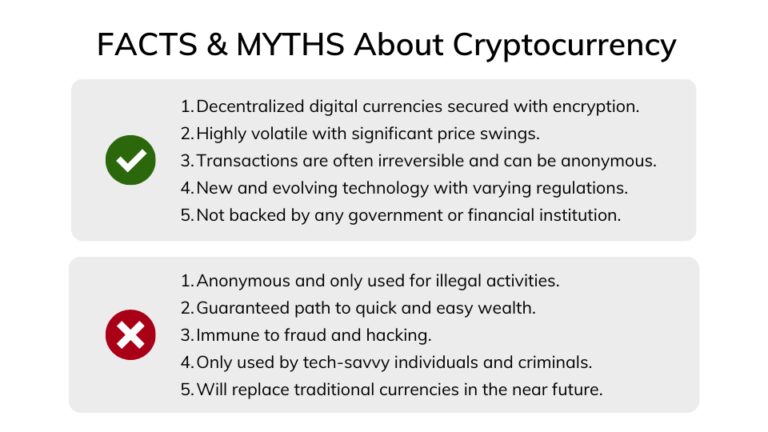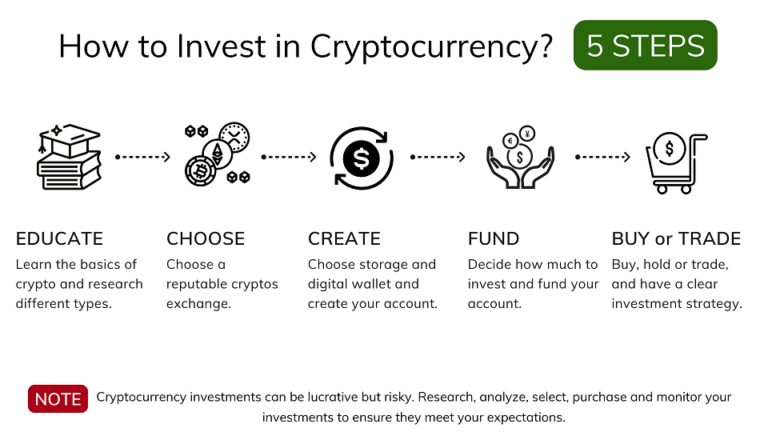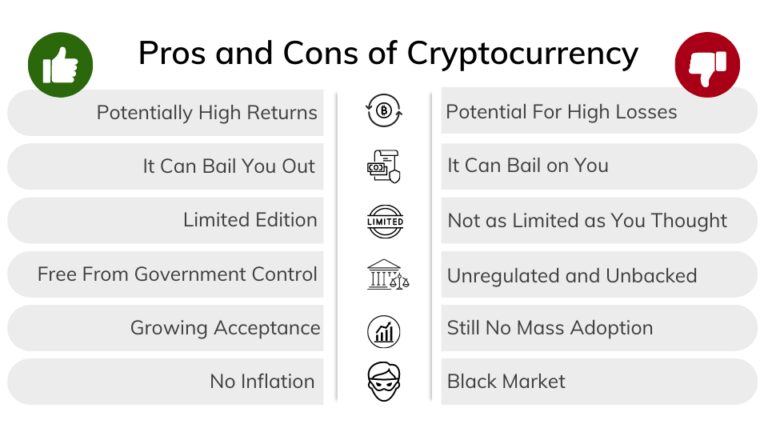is a game-changer in the world of cryptocurrency. With the right strategies, it offers great returns, but it also comes with its own risks. Dive into this comprehensive guide and navigate the rewarding world of DeFi Yield Farming. Learn how to optimize your crypto portfolio in 2023 and beyond.

DeFi Yield Farming, also known as liquidity mining, is a process in which liquidity providers (LPs) deposit or ‘farm’ their assets into a smart contract-based liquidity pool. In return, they receive yield, typically as interest and tokens. The concept builds on the broader framework of Decentralized Finance (DeFi), a revolutionary financial approach that utilizes the power of blockchain technology to mimic traditional financial operations.
Decentralized Finance or DeFi is a novel financial system that operates independently of centralized intermediaries such as banks, insurance companies, or credit unions. Powered by blockchain technology and smart contracts, DeFi platforms enable transactions to occur directly between parties without the need for intermediaries. This peer-to-peer system offers numerous advantages, including increased privacy, 24/7 availability, and full transparency. Furthermore, DeFi introduces innovative possibilities for lending, borrowing, and earning returns, as seen with yield farming.
Cryptocurrencies are at the heart of DeFi Yield Farming. Participants typically provide liquidity using crypto assets like Ether (ETH), Wrapped Bitcoin (WBTC), or stablecoins such as DAI or USDC. The use of cryptocurrencies facilitates transparency, interoperability, and programmability, key features that drive DeFi’s efficiency and inclusivity. Cryptocurrencies also enable easy tokenization that facilitates the earning and distribution of rewards in yield farming.
As a matter of fact, the world of DeFi and cryptocurrencies goes beyond yield farming. It delves into fascinating realms such as NFTs or Non-Fungible Tokens, which play an increasingly crucial role in various DeFi applications. They take center stage in diverse marketplaces, some of which you can explore in our guide on Exploring the Top NFT Marketplaces.
Indeed, blockchain technology is redefining the financial landscape, making processes more democratic, participatory, and accessible to all. Yield farming, with its promise of high returns, is one of the most attractive manifestations of this revolution. However, it’s important to remember that, like all investment opportunities, yield farming is not without its risks and complexities. As we dive deeper into this complex world, we’ll explore how it works, the associated risks, the role of NFTs, and the future prospects of DeFi yield farming.
DeFi yield farming, being a relatively novel concept, may seem perplexing at first glance. However, behind the sophisticated jargon lies a straightforward mechanism that fosters the growth of the decentralized finance sector, making lending and borrowing more accessible and lucrative.
The mechanics of DeFi yield farming can be compared to traditional banking, where customers earn interest on the money they deposit. Yield farming operates on a similar principle, but in a decentralized manner and with potentially much higher returns. Participants, also known as liquidity providers (LPs), deposit their cryptocurrency assets into a liquidity pool. The LPs then receive interest in return, which varies based on supply and demand for that particular asset. It’s worth considering that the complexity and specifics of the process may differ based on the Yield Farming protocol one opts for. If you’re interested in understanding more about a related booming cryptosphere, you can gain some insight into the NFT minting process.
A crucial element of the DeFi yield farming process is the liquidity pool, a smart contract that contains funds. In a liquidity pool, anyone can deposit their assets, and these assets are then utilized for lending to borrowers who are willing to pay the interest. The pool’s interest is split amongst its liquidity providers as a reward, proportional to their share of the pool. Thanks to liquidity pools, there isn’t a need for a centralized entity for approving loans and matching lenders and borrowers.
Operating at the heart of DeFi yield farming are smart contracts, self-executing contracts with the agreement terms directly written into code. They facilitate, verify, and enforce the negotiation or performance of a transaction without third parties. When it comes to yield farming, smart contracts are used to create the rules for production, i.e., how much yield a farmer can make. The contract includes the information about the reward (interest) a liquidity provider will get, and it automatically executes transactions when the conditions are met.
In essence, DeFi Yield Farming represents an innovative method of earning passive income in the crypto space by capitalizing on the powers of Liquidity Pools and Smart Contracts. As we explore further, we’ll delve into the potential rewards and risks associated with this exciting new financial avenue.

Decentralized Finance (DeFi) yield farming is an innovative approach to earning returns on cryptocurrency assets. However, as with any financial mechanism, it has its unique set of benefits and risks. Let’s explore these to provide you with a comprehensive understanding.
The primary attraction of DeFi yield farming is its potential for high returns. Unlike traditional finance, where interest rates have been relatively low in recent years, yield farming introduces the concept of “liquidity mining,” where platform users can earn tokens as rewards for providing liquidity. These tokens can then be staked or reinvested further to compound the returns, which can sometimes reach triple-digit annual percentage yield (APY).
While the highs can be very high, the lows in DeFi yield farming can be just as extreme. These risks primarily arise from market volatility, smart contract exploits, and impermanent loss.
Such risks warrant careful consideration and due diligence before investing in DeFi yield farming. A comprehensive understanding of NFT Regulations and Security Practices could be essential in navigating the complex world of DeFi.
As with all investment strategies, DeFi yield farming should be approached with a keen eye on the risk-reward ratio. The potential of high returns should be weighed against the associated risks. Analysts recommend not placing all your assets in one venture, but instead spreading them across multiple opportunities to balance potential losses. It is also recommended to familiarize oneself with specific protocols to understand the mechanisms and potential pitfalls.
Ultimately, while DeFi yield farming presents lucrative opportunities, it is not for the faint of heart. It requires a solid understanding of the DeFi landscape, familiarity with complex mechanisms, and a willingness to keep learning in a rapidly evolving field.

The concept of DeFi yield farming can be implemented on numerous platforms, each one with its unique benefits. OpenSea, Rarible, Foundation, SuperRare, Nifty Gateway, and Zora are among the platforms that support DeFi yield farming. In this section, we delve into the intricacies of yield farming on these distinct platforms.
OpenSea, one of the largest and most reputable peer-to-peer NFT marketplaces, also provides an avenue for DeFi yield farming. Users can stake their NFTs and earn tokens in return, which can then be sold or traded to generate income. OpenSea’s yield farming strategy has been praised for its flexibility and user-friendliness, providing an excellent starting point for beginners.
Both Rarible and Foundation provide platforms for artists to mint and trade NFTs, and they also support yield farming. In Rarible, users can stake RARI tokens to farm yields, while Foundation offers a slightly diversified approach, where users can earn tokens from various DeFi projects by staking NFTs. Yield farming on these platforms can be relatively profitable, but it requires a more in-depth understanding of the respective platform’s tokenomics.
SuperRare, Nifty Gateway, and Zora, despite being NFT marketplace platforms, offer different yield farming experiences. SuperRare has a specialized approach, where users can stake single-edition NFTs to earn yield. Nifty Gateway, on the other hand, implements a lottery system where stakers compete for yield rewards. Meanwhile, Zora introduces a dynamic approach where the value of the yield depends on the demand and supply of the NFTs staked. These distinctions stress the importance of understanding a platform’s unique mechanisms when dealing with DeFi yield farming.
DeFi yield farming provides a compelling way to earn passive income, but understanding how each platform operates is crucial to success. It’s advisable to explore each one’s strengths, weaknesses, and requirements before diving into yield farming.
To better understand the potential and dynamics of these platforms, you can check out this detailed article on Uncovering the Opportunities in the NFT Market. Be prepared to discover fascinating insights into the NFT world and its numerous opportunities.

Non-fungible tokens (NFTs) have created a significant buzz in the blockchain space. These unique digital assets are stored on the blockchain and cannot be replaced with something else, unlike cryptocurrencies such as Bitcoin or Ethereum, which are fungible. Each NFT contains specific information or attributes that make them unique and thereby unexchangeable. In the art world, NFTs are used to tokenize artwork, enabling artists to sell their work directly to consumers without intermediaries. But the application of NFTs extends beyond digital art. They are now making their way into the DeFi realm, particularly in yield farming.
In the DeFi space, NFTs are significantly reshaping the landscape of yield farming. Yield farming platforms are finding innovative ways to implement NFTs, creating a unique interplay between DeFi and NFTs. One exciting development is the concept of using NFTs to represent liquidity provider (LP) tokens. Instead of receiving a fungible token for staking assets, users receive an NFT representing their share of the liquidity pool. This method brings several advantages, including the possibility to add multiple tokens in varying proportions, flexible pool compositions, and unique reward structures. Furthermore, the use of NFTs in yield farming also enables new forms of fractional ownership and customizable risk-reward mechanics.
Two platforms that have successfully integrated NFTs into yield farming are Async Art and Mintable. As one of the leading platforms for programmable art, Async Art uses NFT tokens to give users the ability to influence the artwork. These tokens can be staked in yield farming contracts to earn rewards. Mintable, on the other hand, is a marketplace for minting, buying, and selling NFTs. They introduced a unique model where users can stake their NFTs to earn yield, thereby creating a new income stream from their digital assets.
Overall, the integration of NFTs into yield farming provides exciting opportunities for innovation and user engagement. While DeFi and NFTs might seem like separate entities, they are gradually converging, creating another exciting layer of the ever-expanding blockchain space. However, as with all emerging technologies, this innovative interplay also brings new challenges and risks that need to be properly managed to make the most out of the potential benefits.

